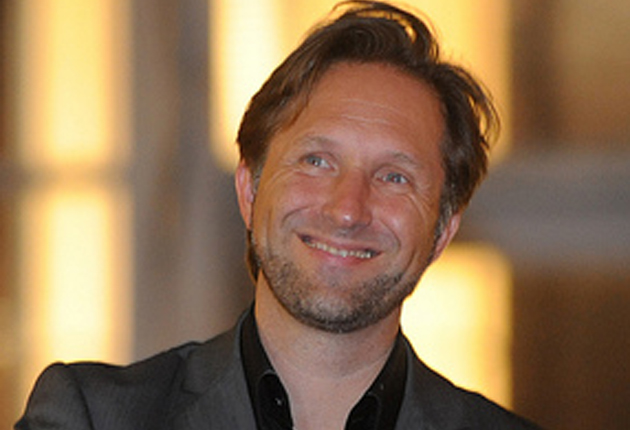Decline of coalmines in the Ruhr
Bernd Fesel
The idea of supporting the creative industries came about in the 1990s, after the last coal mines were closed down. While the mining industry employed 20,000 people, the creative industries employed three times as much. The Ministries thus said to themselves that this is a large and growing sector of the economy – why don’t we use it in the regeneration of our cities, why focus only on the car industry, chemical industry or other industry dependent on infrastrucure? The Ministries of Economy thus decided for a holistic approach. The 1990s brought about the realisation that creative industries can stimulate the regeneration of cities.
The creative industries grow by themselves and exist in most cities. It was present in all the cities where we conducted research, even there where no political support existed – it exists simply because artists and creative people want to do their thing.
Related fights
- Decline of coalmines in the Ruhr
- Role of the UK Government
- Dortmund U
- Culture policy in Russia
- Action plan in Sweden
- Changing Landscape of Support System in UK
- Municipality vs Government
- Finnish support of non-institutionalized culture
- Classical institutions vs pop culture
- German support for culture
- Role of digital technologies in Estonian identity
- Role of E-government in Estonia
- Reinventing Estonia
- Lithuanian Cultural Policy
- Cultural funding in Slovakia
More fights by Bernd Fesel
- What are the Creative Industries?
- Decline of coalmines in the Ruhr
- Ruhr’s support for the Creative Industries
- Value added by the RUHR.2010
- Top-down vs Bottom-up approaches
- Creative Industries have important spin-off effects
- Turkish wedding businesses revitalised the city
- Dortmund U
- Zollverein mine
- Industry supporting cultural projects
- Cherry principle
